“All roads lead to Rome” was no exaggeration: The Roman Empire depended upon 250,000 miles of roads for maintaining and supporting its 70 million inhabitants. In the 21st century, Chinese President Xi Jinping would seem to have similar strategic ambitions with regard to China’s multi-trillion dollar “Belt and Road Initiative” (BRI). Stretching across Asia, the Middle East, Africa, and Europe, BRI represents a strategic trade network for Chinese goods and services. One industry that could benefit enormously from BRI is clean energy technologies. Beijing’s 12th Five-Year Plan directly focuses on investments in advanced technologies, especially clean energy technology.
Even as the Trump administration has introduced policies to undermine U.S. renewables, China is making a long term pivot that will transform its expansive energy infrastructure. The largest infrastructure project in history, BRI includes a vast economic “belt” made up of six overland corridors and a new “Maritime Silk Road” linking a chain of seaports stretching from the South China Sea to Africa. The Beijing-led initiative is expected to span 76 countries across four continents, overlapping one-third of global GDP, a quarter of all traded goods, and more than 60% of the world’s total population. Participants include Russia, Poland, Hungary, Greece, Israel, Austria, Serbia, Estonia, Malaysia, Indonesia, Kenya, Pakistan, and Saudi Arabia, among others.
The Clean Energy SuperPower
Notwithstanding the country’s voracious appetite for coal and oil, China will invest more than $6 trillion in low-carbon power generation and other clean-energy technologies over the next 20 years. Global energy demand is expected to rise 30 percent by 2040 with investments in new power generation capacity expanding to $10.2 trillion. The majority of that investment— nearly $7.4 trillion— will be in renewable energy generating capacity.
As the International Energy Agency (IEA) explains, the scale of China’s clean energy investment is key to the momentum now driving low-carbon energy technologies. The U.S. Department of Energy estimates that China has already invested $47 billion in dominating solar panel manufacturing. In fact, China has invested billions in large overseas deals involving renewable energy: China has introduced the world’s largest carbon market, it leads the world in the construction of nuclear power plants, and sells more electric vehicles than the rest of the world combined.
Given the fact that some 50 percent of the world’s energy could come from solar and wind, China looks poised to become the world’s first clean energy superpower. Indeed, China could generate 80 percent of its energy from renewables by 2050. The country’s unique capacity for large-scale infrastructure projects suggests that BRI will be critical to moving global energy consumption beyond fossil fuels. To this end, China has issued nearly $25 billion worth of green bonds for infrastructure investments across a range of categories including clean energy, clean transport, resource conservation and recycling, pollution prevention and control, energy saving, and ecological protection.
Greening the New Silk Road
BRI supports China’s long-term strategic shift around advanced technologies and clean energy. The initiative will open new markets for China’s formidable industrial expertise, including the country’s accelerating proficiency in renewable technologies. According to the IEA, China now has one-third of the world’s wind power, four of the top ten wind-turbine makers, six of the top ten solar-panel manufacturers, and a quarter of the world’s solar capacity.
As the principal market for renewable energy worldwide, China hopes to provide “green, low-carbon and circular development” to Asia’s 4.3 billion consumers in the development of a “Green Belt and Road”. To put things in perspective, renewables are expected to meet more than 70% of global electricity generation growth by 2023. Even as fossil fuels (coal, oil, gas) are predicted to remain the dominant source of energy through 2050, Beijing’s geopolitical ambitions could reshape the global energy equation.
Forecasts by McKinsey suggest that electricity will account for a quarter of all energy demand by 2050 (compared with just 18 percent today). In fact, more than three-quarters of all new capacity (77 percent) will come from wind and solar and just 13 percent from natural gas. Not surprisingly, China and India will account for 71 percent of all new electricity capacity.
What seems clear is that clean energy is a 21st century industry that China is well positioned to dominate. Where the Trump administration sees renewable energy as a threat to jobs, China is leveraging clean energy as part of a long-term strategic gambit. Long-term planners in the United States and elsewhere would do well to take note. Renewables are expected to make up half of all power generation by 2050 with China leading the way. Given the continuing fall in the cost of battery storage and the massive growth in electric vehicles (50% of all cars by 2050), China’s clean energy investments through BRI look poised to utterly transform the global clean energy industry.
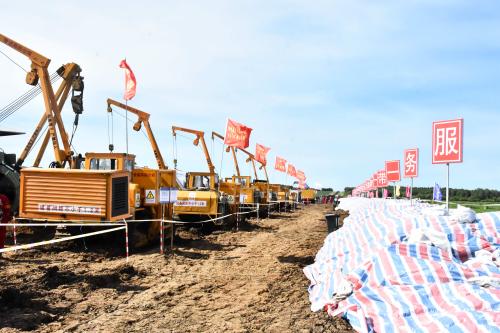
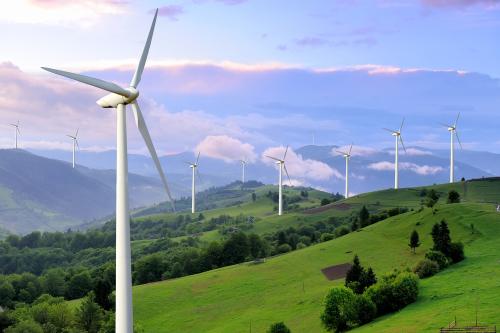
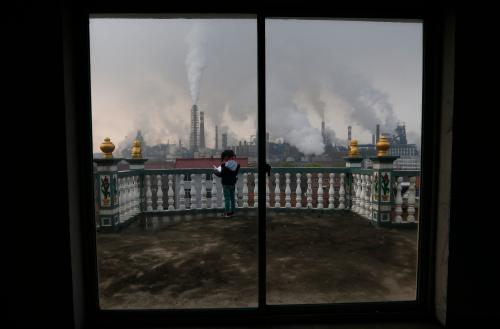
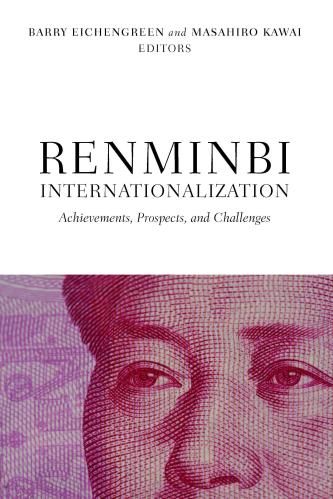


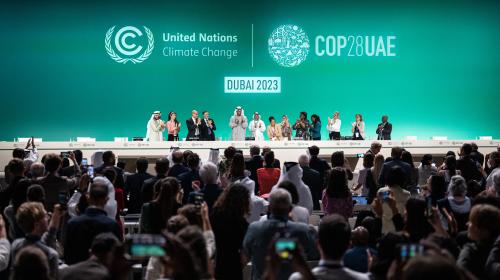

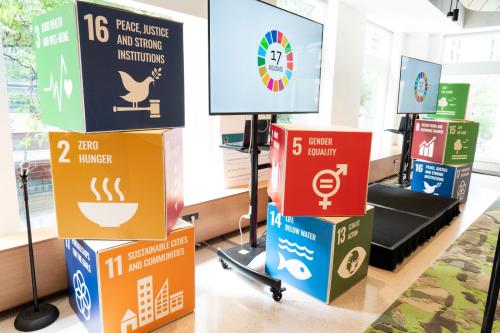
Commentary
China’s Belt and Road Initiative is poised to transform the clean energy industry
November 27, 2018